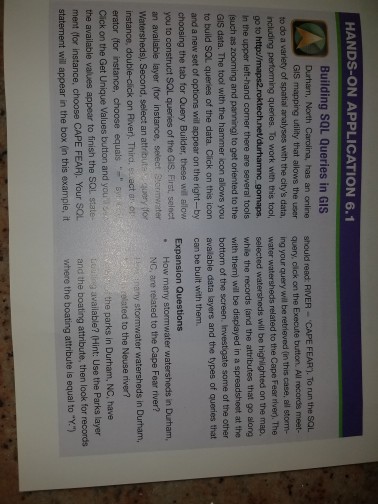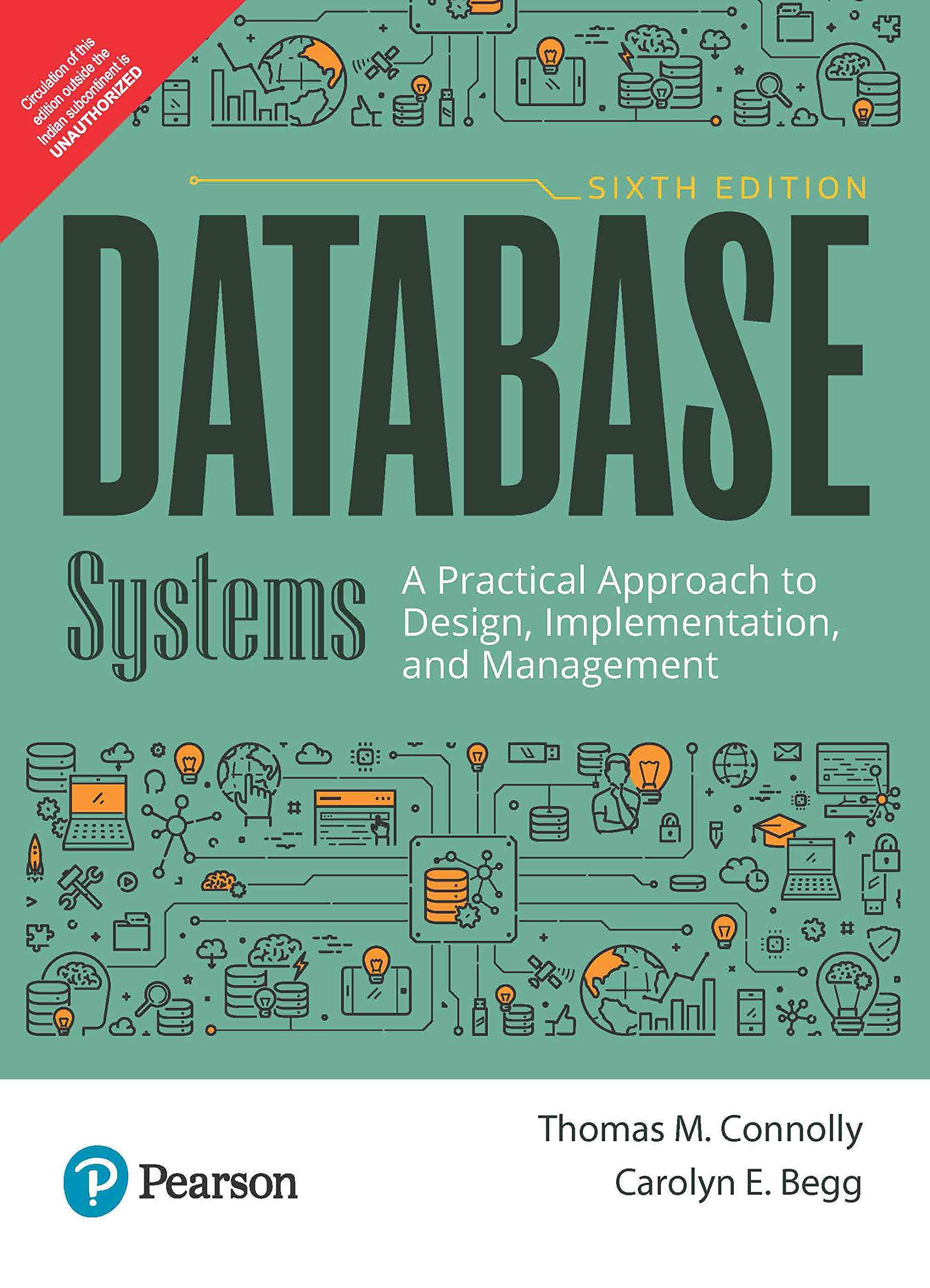Answered step by step
Verified Expert Solution
Question
1 Approved Answer
Durham North Carolina, has an online GIS mapping utility that allows the user to do a variety of spatial analyses with the city's data. Including

Durham North Carolina, has an online GIS mapping utility that allows the user to do a variety of spatial analyses with the city's data. Including performing queries. To work with this tool, go to http//maps2.roktech.net/in the upper left-hand corner there are several tools (such as zooming and panning) to get oriented to the GIS data. The tool with the hammer icon allows you to build SQL queries of the data. Click on this icon and a new set of options will appear on the right-by choosing the lab for Query Builder, these will allow you to construct SQL queries of the GLS. First, select an available layer (for instance, select streamwater watersheds). Second, select an attribution query for instance, double-click on River). Third select as operator (for instance, choose equals "=" Click on the Get Unique Values button and you the available values appear to fish the SQL statement (for instance, choose CAPE FEAR). Your SQL statement will appear in the box (in this example, it should read: RIVER - CAPE FEAR). To run the SQL query, click on the Execute button. All records meeting your query will be retrieved (in this case, all streamwater water watersheds related to the Cape Fear river). The selected watersheds will be highlighted on the map. While the records (and the attributes that go along with them) will be displayed in a spreadsheet at the bottom of the screen. Investigate some of the other available data layers and the types of queries that can be built with them. Durham North Carolina, has an online GIS mapping utility that allows the user to do a variety of spatial analyses with the city's data. Including performing queries. To work with this tool, go to http//maps2.roktech.net/in the upper left-hand corner there are several tools (such as zooming and panning) to get oriented to the GIS data. The tool with the hammer icon allows you to build SQL queries of the data. Click on this icon and a new set of options will appear on the right-by choosing the lab for Query Builder, these will allow you to construct SQL queries of the GLS. First, select an available layer (for instance, select streamwater watersheds). Second, select an attribution query for instance, double-click on River). Third select as operator (for instance, choose equals "=" Click on the Get Unique Values button and you the available values appear to fish the SQL statement (for instance, choose CAPE FEAR). Your SQL statement will appear in the box (in this example, it should read: RIVER - CAPE FEAR). To run the SQL query, click on the Execute button. All records meeting your query will be retrieved (in this case, all streamwater water watersheds related to the Cape Fear river). The selected watersheds will be highlighted on the map. While the records (and the attributes that go along with them) will be displayed in a spreadsheet at the bottom of the screen. Investigate some of the other available data layers and the types of queries that can be built with them
Step by Step Solution
There are 3 Steps involved in it
Step: 1

Get Instant Access to Expert-Tailored Solutions
See step-by-step solutions with expert insights and AI powered tools for academic success
Step: 2

Step: 3

Ace Your Homework with AI
Get the answers you need in no time with our AI-driven, step-by-step assistance
Get Started


